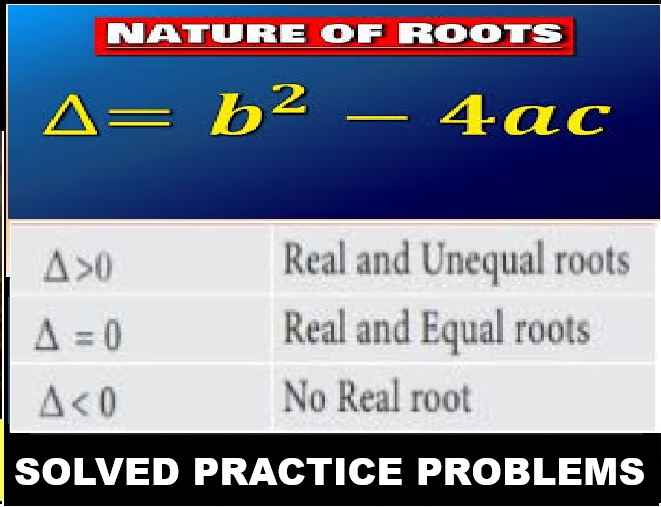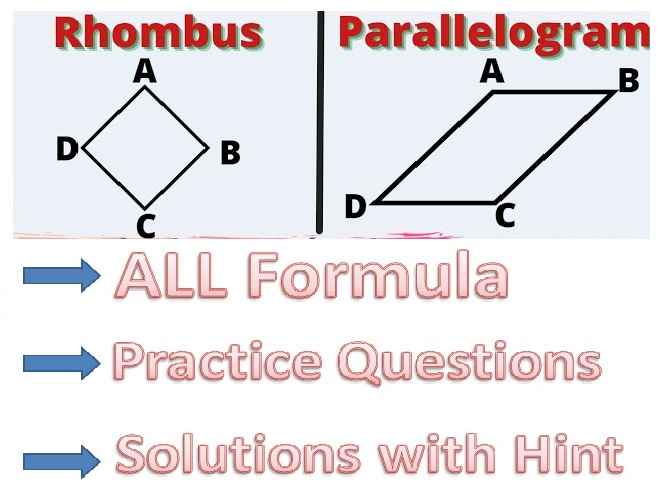Class-8th Water Essential Chemistry Ch-8 ICSE Solutions Bharti Bhawan. We Provide Step by Step Answer of Objective, True False , Short / Long Answer Type of Exercise/Lesson -8 Water . Visit official Website CISCE for detail information about ICSE Board Class-8.
Class-8th Water Essential Chemistry Ch-8 ICSE Solutions Bharti Bhawan
| Board | ICSE |
| Publications | Bharti Bhawan |
| Subject | Chemistry |
| Class | 8th |
| Chapter-8 | Water |
| Book Name | Essential |
| Topics | Solution of Objective, True False , Fill in the blanks , Short / Long Answer Type Questions |
| Academic Session | 2021-2022 |
ICSE Class-8th Essential Chemistry Ch-8 Water Exercise Solutions
Short-Answer Type Questions
Page 89
Question 1:
Why is water called a universal solvent?
Answer : Water is called the “universal solvent” because it is capable of dissolving more substances than any other liquid. This is important to every living thing on earth. … This allows the water molecule to become attracted to many other different types of molecules.
Question 2:
What are the following called?
(a) A homogeneous mixture of one or more solutes with a solvent
(b) A solution that can dissolve more solute at a given temperature
(c) A solution that contains the maximum amount of the solute it can dissolve at a given temperature
Answer :
(a) Solutions
(b) Unsaturated
(c)Saturated
Question 3:
Define a suspension. Give an example.
Answer : A suspension is a heterogeneous mixture in which the small particles of a solid are spread throughout a liquid without dissolving it. The chalk powder in water, muddy water, wheat flour in water etc. sand in water are all examples of a suspension.
Question 4:
What do you mean by a colloid? Give an example.
Answer : A mixture in which very small particles of one substance are distributed evenly throughout another substance. The particles are generally larger than those in a solution, and smaller than those in a suspension. Paints, milk, and fog are colloids. Mayonnaise and blood are both examples of colloids.
Question 5:
What are the sizes of the dispersed particles in a solution, suspension and colloid?
Answer : Particles in a suspension are usually more than 1,000 nm, while those in a colloid range from 1-1,000 nm. Unlike those in a suspension, particles in a colloid do not separate when sitting still.
Question 6:
What do you mean by hard water and soft water?
Answer : Hard water… is water that contains an appreciable quantity of dissolved minerals (like calcium and magnesium). Soft water… is treated water in which the only ion is sodium. As rainwater falls, it is naturally soft. On the other hand, soft water tastes salty and is sometimes not suitable for drinking.
Question 7:
Name the substances that cause temporary hardness of water.
Answer : Temporary hardness is a type of water hardness caused by the presence of dissolved bicarbonate minerals (calcium bicarbonate and magnesium bicarbonate). The presence of the metal cations makes the water hard.
Question 8:
Name the substances that cause permanent hardness of water.
Answer : Permanent hardness is hardness (mineral content) that cannot be removed by boiling. When this is the case, it is usually caused by the presence of calcium sulfate and/or magnesium sulfates in the water, which do not precipitate out as the temperature increases.
Question 9:
Mention the name with formula of a substance that can remove permanent hardness of water.
Answer : Sodium carbonate which is known as Na₂CO₃ is produced to remove the permanent hardness of the water.
Question 10:
What is formed when sodium oxide is mixed with water ?
Answer : Sodium oxide is a simple strongly basic oxide. … Reaction with water: Sodium oxide reacts exothermically with cold water to produce sodium hydroxide solution.
Long-Answer Type Questions
(Solutions of Bharti Bhawan Publishers Chemistry ICSE Class-8th Essential Chemistry Ch-8 Water)
Page 90
Question 1:
Compare the properties of a solution with those of a suspension and a colloid.
Answer : A solution is always transparent, light passes through with no scattering from solute particles which are molecule in size. … If a suspension is allowed to stand the particles will separate out. A colloid is intermediate between a solution and a suspension. While a suspension will separate out a colloid will not.
Question 2:
What do you mean by water of crystallization ? Describe an experiment to show that the water molecules in a hydrate form a part of the crystalline structure.
Answer : In chemistry, water(s) of crystallization or water(s) of hydration are water molecules that are present inside crystals. Water is often incorporated in the formation of crystals from aqueous solutions. In some contexts, water of crystallization is the total mass of water in a substance at a given temperature and is mostly present in a definite (stoichiometric) ratio. Classically, “water of crystallization” refers to water that is found in the crystalline framework of a metal complex or a salt, which is not directly bonded to the metal cation.
Question 3:
Explain what hygroscopic substances and deliquescent substances are. Give examples and mention their uses.
Answer :
Question 4:
Distinguish between hard water and soft water, Why is it necessary to remove the hardness of water and how can it be removed?
Answer : Permanent hardness of water is due to chlorides and sulfates of calcium and magnesium. It is also called non-alkaline hardness. This type of hardness can be removed by treating water with soda.
Question 5:
Discuss the action of sodium and calcium on water.
Answer :
The reaction of calcium (Ca) with water is less violent. The heat evolved is not sufficient for hydrogen to catch fire.
Ca(s) +2H2O(l)= Ca(OH)2 + H2.
Sodium reacts with cold water violently. The reaction is so exothermic that the hydrogen quickly catches fire.
2Na(s)+ 2H2O(l)= 2NaOH(aq)+ H2(g).
Objective Type Questions
(Solutions of Bharti Bhawan Publishers Chemistry ICSE Class-8th Essential Chemistry Ch-8 Water)
Page 90
Choose the correct option.
1. Crystallisation is generally done from
(a) an unsaturated solution
(b) a supersaturated solution
(c) a suspension
(d) a colloid
Answer :(a) an unsaturated solution
2. Which of the following substances will cause temporary hardness of water?
(a) NaCI
(b) Ca(HCO3)2
(c) MgSO4
(d) Na2SO4
Answer : (b) Ca(HCO3)2
3. Which of the following substances will cause permanent hardness of water?
(a) Mg(HCO3)2
(b) Ca(HCO3)2
(c) MgSO4
(d) NaCl
Answer : (c) MgSO4
4. Which of the following substances can remove the temporary as well as permanent hardness of water?
(a) Baking soda
(b) Common salt
(c) Washing soda
(d) Rock salt
Answer : (c) Washing soda
5. Which of the following is a hygroscopic substance?
(a) Anhydrous calcium sulphate
(b) Silica gel
(c) Hydrochloric acid
(d) Blue vitriol
Answer : (b) Silica gel
Fill in the blanks
1. A solution that can dissolve more solute is a/an ….saturated.…… solution. (saturated/unsaturated)
2. Water is a …….polar …… solvent. (polar /nonpolar)
3. Muddy water ls a …..suspension.……. (suspension / colloid)
4. The white anhydrous salt that becomes green upon addition to water is …...CuSO4..….. (CuSO4/FesO4)
5. ……Temporary.…… hardness of water can be removed by boiling. (Temporary/Permanent)
Write ‘T’ for true and ‘F’ tor false for the following statements.
1. The polarity of water enhances its solvent property. T
2. Anhydrous copper (II) sulphate is crystalline but its pentahydrate is not F
3. Hard water is suitable for washing clothes. F
4. The solution left after the reaction of sodium with water is alkaline T
5. Magnesium burns in steam with an orange flame. F
-: End of Class-8th Water Essential Chemistry Ch-8 ICSE Solutions Bharti Bhawan Publishers :-
Return To :- ICSE Class-8 Essential Chemistry Solution Bharti Bhawan Publishers
Thanks


